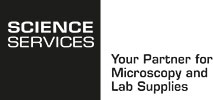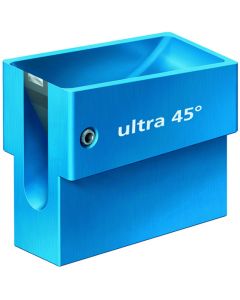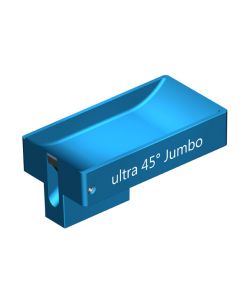ultra
(8)45° is acknowledged as the appropriate knife angle for routine sectioning of both biological and material samples, it represents a balanced compromise between section quality and durability.
For the sectioning of a number of hard materials such as ceramics, semiconductors, oxides with the use of the ultra 45° knife a longer service time may be expected.
Usage of 35° knives considerably leads to reduced compression, smoother section surfaces and improved structural preservation.
Ultra 35° knives are perfect for sectioning relatively soft materials research specimens including metals and polymers, as well as mixed specimens such as polymers filled with nanoparticles, brittle materials such as catalysts, crystals, semiconductors, etc.
The ultra 35° knife has demonstrated its usefulness as a standard knife for the majority of applications in both biological and materials research.





